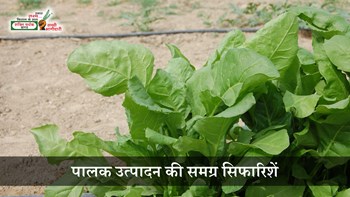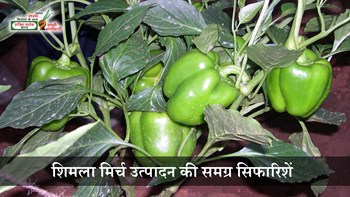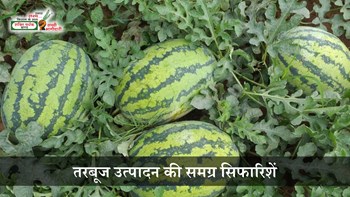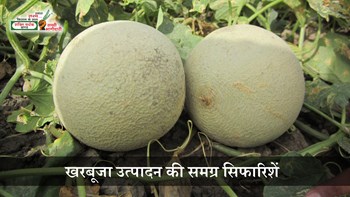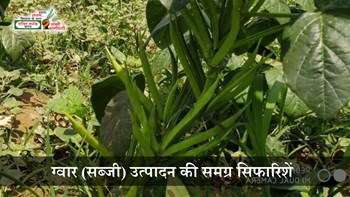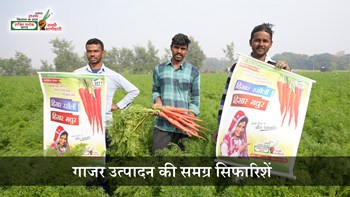Techniques for off-season Vegetable Farming -
Several techniques can help you in growing vegetables in different seasons, these methods are:
- Crop Rotation and Selection
Selecting the appropriate crops for off-season farming is essential. Certain vegetables like spinach, carrots, radishes, and cabbage can withstand cold weather, whereas tomatoes, chilies, and cucumbers need protection during the colder months. Additionally, practicing proper crop rotation is important for keeping the soil fertile and reducing pest problems.
- Greenhouse Farming
A greenhouse creates a managed setting where temperature, humidity, and light can be adjusted. This approach enables farmers to cultivate crops in winter or during harsh weather. Popular vegetables grown in greenhouses are tomatoes, cucumbers, bell peppers, and leafy greens.
- Aeroponics and Hydroponics
Hydroponics is a method of growing plants without soil, using a water solution that is rich in nutrients. Aeroponics is a related technique where plant roots hang in the air and are sprayed with nutrients. Both methods allow for farming throughout the year, use less water, and result in greater crop yields.
- Mulching
Mulching is the practice of placing organic or inorganic materials on the soil to keep it moist, control temperature, and stop weeds from growing. Black plastic mulch is often used because it absorbs heat, which helps with growing vegetables early in colder areas.
- Use of Low Tunnels and High Tunnels
Low tunnels are small structures covered with plastic that shield young plants from frost and chilly winds. In contrast, high tunnels are bigger, unheated greenhouse-like buildings designed to prolong the growing season.
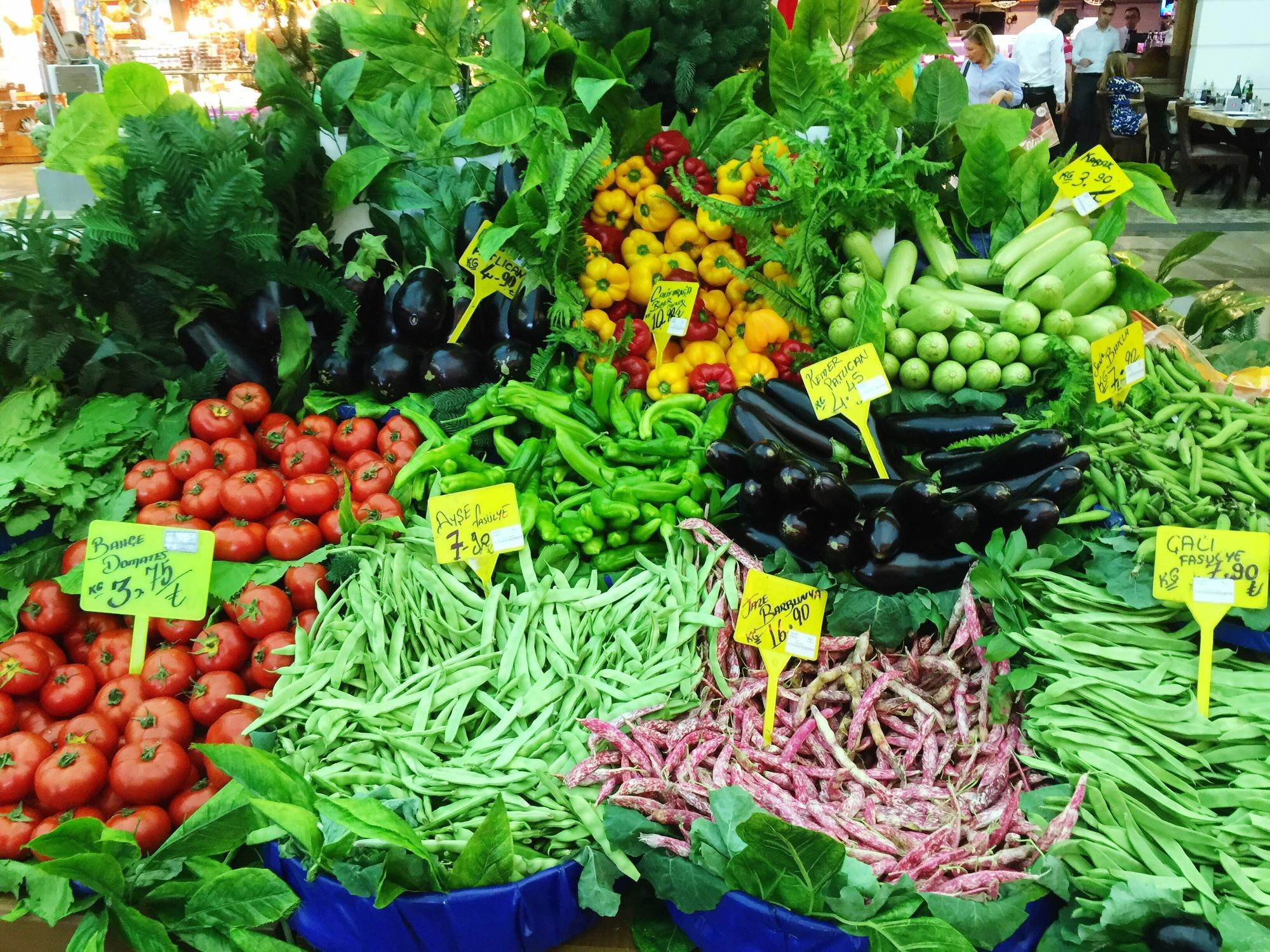
- Polyhouse Farming
Polyhouse farming is like greenhouse farming, but it uses a polyethylene cover for the crops. This method shields plants from bad weather and pests. It is affordable and ideal for small to medium-sized farmers.
Benefits of Off-Season Vegetable Farming -
- Continuous Supply -
Maintains a consistent supply of vegetables all year round, minimizing dependence on seasonal growing patterns. This reliability helps both farmers and consumers by avoiding price changes due to supply shortages and ensuring fresh produce is consistently available in the market.
- Efficient Land Utilization -
Increases land efficiency by growing crops throughout the year, which helps prevent soil degradation and keeps it fertile. Off-season farming minimizes idle periods between crops, keeping the land productive. Furthermore, using crop rotation and soil management practices enhance soil health and sustainability.
- Reduced Competition -
Fewer farmers participate in off-season farming, which results in less competition. This allows them to improve their market position and boost demand for their products. By using off-season methods, farmers can become trusted suppliers, build customer loyalty, and obtain long-term contracts with retailers and distributors.
- Higher Quality Produce -
Farming in controlled environments minimizes the risk of pests and diseases, leading to healthier and better-quality vegetables. By managing temperature, humidity, and watering, off-season farming enhances the texture, flavor, and longevity of vegetables, making them more appealing to consumers.
Growing vegetables in the off-season is a profitable and sustainable method to produce crops year-round. By using techniques like greenhouse farming, hydroponics, mulching, and controlled irrigation, farmers can tackle climate challenges and boost their yields. Thoughtful planning that takes into account soil health, pest control, and market needs can lead to a successful off-season farming operation. This modern approach not only helps farmers thrive but also supports food security and economic development in agriculture.

